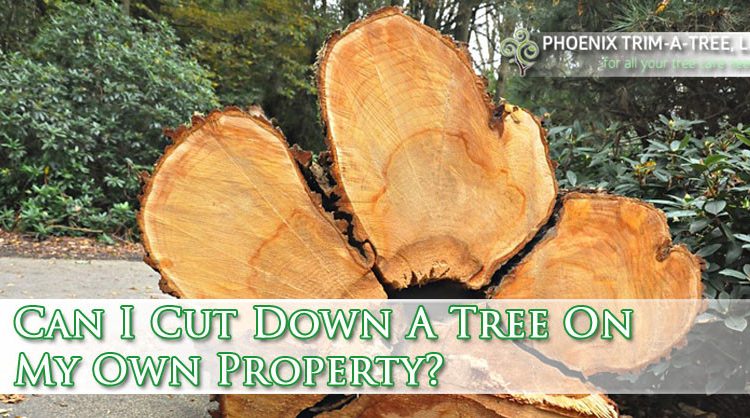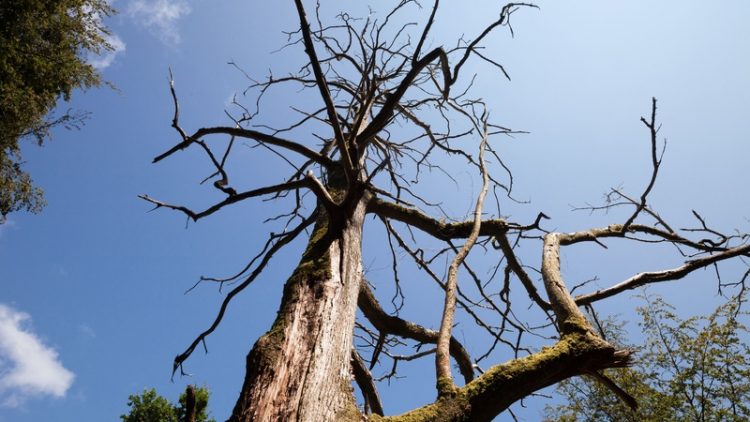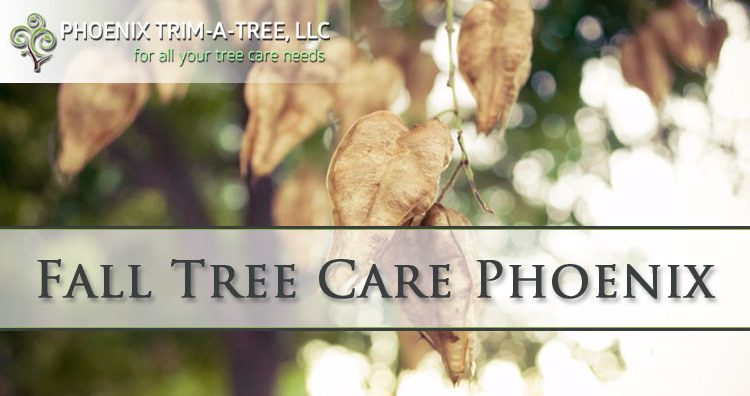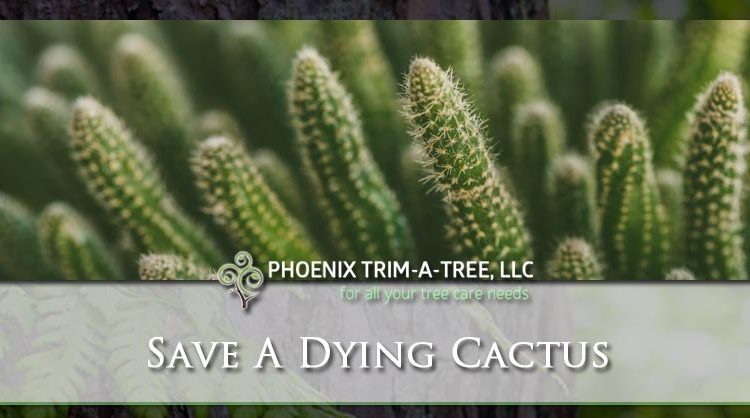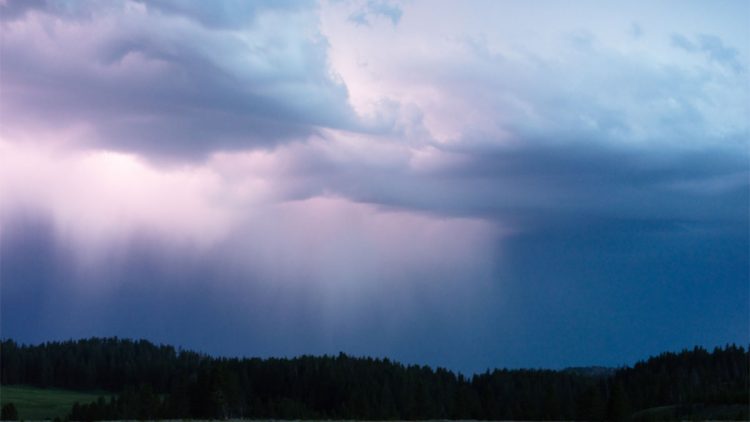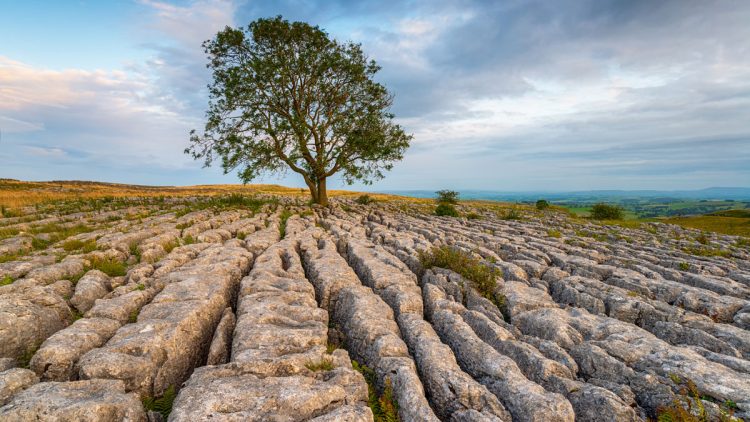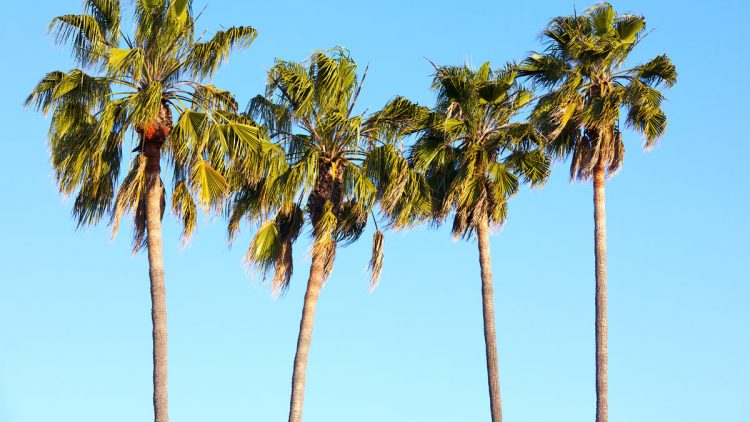Can I Cut Down A Tree On My Property?
CAN I CUT DOWN A TREE ON MY PROPERTY?
GET A FREE ESTIMATE TODAY!
If you’re searching for how to water a cactus, this guide will help you care for your prickly friend. Did you know, your outdoor cacti require watering too? Below is how you should do just that. If you don’t care for your cacti property they will get sick, die, and need cactus removal. Learn how to water a cactus at your home or business.
QUESTION & ANSWERS ABOUT CUTTING TREES ON YOUR OWN PROPERTY
The answer depends on a couple of different circumstances. Read below to find out more information about removing trees from your property.
MY NEIGHBORS TREE BRANCHES HANG IN MY YARD. CAN I TRIM THEM?
Yes. According to law, you do have the right to trim branches or limbs that extend beyond the property line. Although, the law only allows trimming and cutting to the property line. You can’t go into the other property to cut or destroy the tree. If you harm the tree, then you could be at fault for 3 times the value of the tree. Many trees have a replacement value of $500-$2500 while landmark or ornamental trees can be valued between $20,000-$60,000.
MY NEIGHBOR HAS FRUIT TREES, BUT THE BRANCHES ARE ON MY SIDE OF THE PROPERTY, CAN I EAT THAT FRUIT?
No. The fruit actually belongs to the owner of the tree, so don’t pick the fruit. Courts are often divided on who can have the fallen fruit, so check local laws to see if you can eat the fruit.
MY NEIGHBORS LEAVES KEEP BLOWING IN MY YARD, DO I HAVE A NUISANCE CLAIM?
No. Leaves are actually considered a natural product. Even if the leaves cause damage like clogging pipe or gutters, you have no legal claims against the tree owner. However, the branches are shedding leaves that are hanging over your yard, or the tree is encroaching on your property, you have the right to trim the branches to the property line.
MOST OF A TREE IS HANGING IN MY YARD, BUT THE TRUNK IS IN THE NEIGHBOR’S YARD. WHO DOES THE TREE BELONG TO?
The neighbor will own the tree. As long as that tree trunk is fully in the neighbor’s yard, it will belong to the neighbor. Whenever the trunk is divided by a property line or multiple people it is called a boundary tree. If you have a boundary tree, then all property owners will own the tree and share the responsibility for it. Removing the tree without consent of all owners is against the law.
MY NEIGHBOR DUG UP THEIR YARD, AND IT KILLED MY TREE ON MY SIDE OF THE PROPERTY LINE. CAN I GET COMPENSATION?
Anyone who engages in injury to the tree, tree cutting or removal without owner permission is liable for compensating the owner.
A STORM KNOCKED MY NEIGHBORS TREE ONTO MY PROPERTY AND DAMAGED MY YARD, HOUSE AND CAR. ARE THEY RESPONSIBLE FOR THE DAMAGE?
The court will apply the reasonable care standard. If the neighbor tried to maintain the tree branch, and the branch didn’t seem to be threatening to fall, then no. If a reasonable person could have avoided this from happening, then it is deemed an Act of God and the neighbor will not be liable.
MY NEIGHBORS TREE LOOKS LIKE IT WILL FALL ON MY HOUSE. WHAT DO I NEED TO DO?
All landowners are responsible for maintaining the trees on the property. Legally, they have 2 duties: make inspections and care for the tree. If the neighbor does not remove the dangerous tree, and the tree causes damage then your neighbor is liable. If you have spoken to the neighbor about the tree, and nothing has been done, then you do have laws to protect you. The tree could be a nuisance, which interferes with your use and enjoyment of the property. You could file a claim and if the court finds it true, then the court will order the tree to be removed.
Many cities have ordinances that keep owners from keeping dangerous conditions on their property. If you call the county, they may remove the tree or order the neighbor to do it. Utility companies also have an interest in removal if the condition threatens the equipment. A simple call may cause the utility company to remove the tree.
THE ROOT SPREADING OF MY TREE DAMAGED MY NEIGHBORS SEPTIC TANK. DO I HAVE TO PAY FOR IT?
In many states, the neighbor can trim the tree or roots themselves and does not have a claim against the owner. Other states have conditions that can be met for a law suit.
- If the tree was planted and not wild
- If the tree is noxious meaning poisonous or dangerous and caused damage
- Caused serious harm such as structural damage
- Neighbor must trim branches that encroach on the property.
ABOUT PHOENIX TRIM A TREE
Phoenix Trim a Tree is dedicated to providing genuine customer service and high quality tree services. We offer a plethora of tree services including tree removals for residential and commercial properties. Our tree removal services includes hauling away of old unwanted trees, stumps and branches. We also offer emergency storm damage tree removals. If you live in the Phoenix area and are searching for tree removal services, Call 480-962-0701 or 602-718-8493 today to speak with one of our tree experts or for a free estimate.

